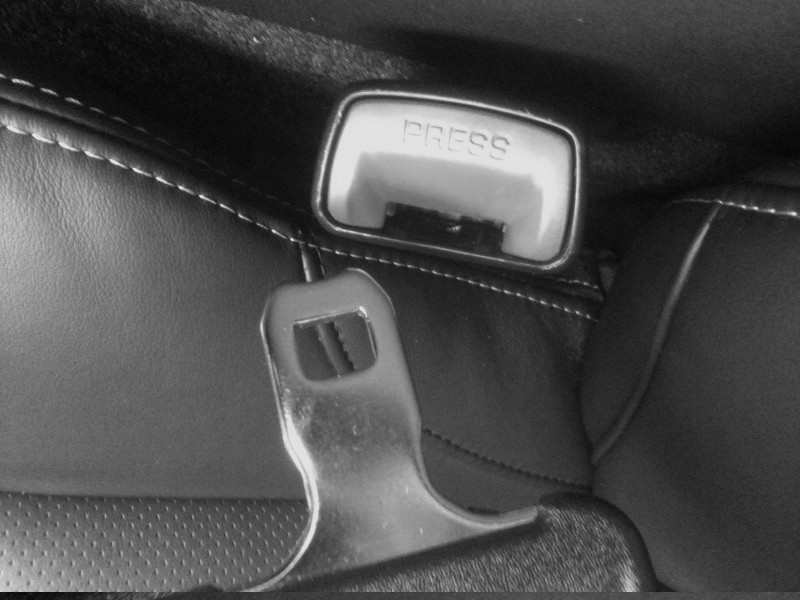
Most drivers and passengers in the U.S. use seat belts after getting in the car, but those that don’t account for a large share of traffic fatalities, so the NHTSA is implementing new rules to encourage more people to buckle up.
This week, the safety regulator announced it will require all new cars sold in the U.S. to have enhanced front seat belt reminders by Sept. 1, 2026, with longer-duration audio and visual warnings for the driver and a reminder for the front-seat passenger, which isn’t currently required. The agency will also will mandate rear seat belt reminders for the first time. That requirement goes into effect Sept. 1, 2027.
Seat-belt usage is very high, at 91.6% for drivers and front-seat passengers and 81.7% for rear-sear passengers, the NHTSA estimates. But the agency also estimates that unbelted vehicle occupants accounted for 49.8% of traffic fatalities in 2022, and that use of seat belts reduces the chances of death or injury by 45% to 50% in passenger cars and 60% to 65% in light trucks.
Mandatory rear seat belt reminders could thus make a big difference in rear seat safety, something that the private IIHS is focusing more on with a revised crash test implemented earlier this year. The insurance industry-funded nonprofit’s moderate-overlap front tests now include a rear-seat dummy to evaluate occupant protection in that seating position.
Failing to use a seat belt already earns drivers and passengers a ticket in every state except New Hampshire, but chimes and dashboard lights help nudge people into buckling up when a cop isn’t present. Many automakers already include seat belt reminders for occupants other than the driver, so this won’t be a huge change, either.
In addition to tougher seat belt reminder requirements, the NHTSA recently finalized new rules for automatic emergency braking systems over protests from automakers, setting minimum performance standards for these systems. And the agency has announced more rigorous crash-test criteria, including the addition of tests for pedestrian safety.



